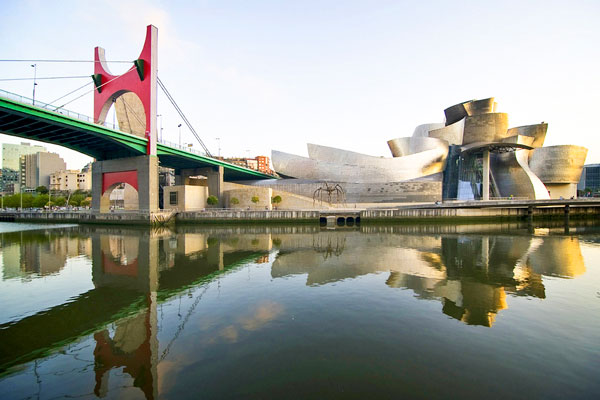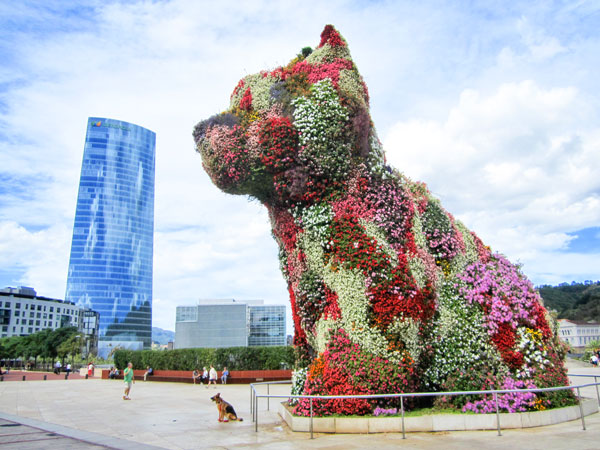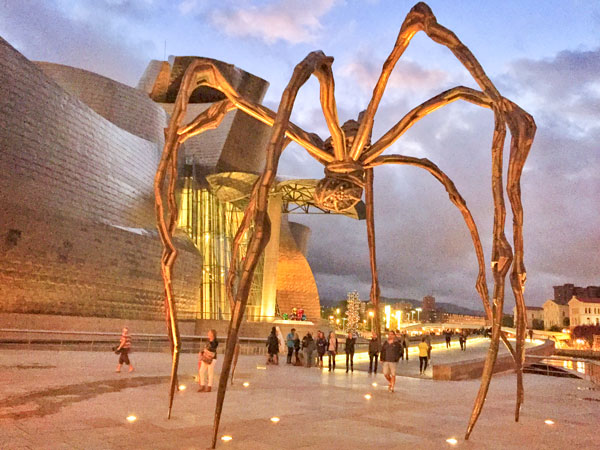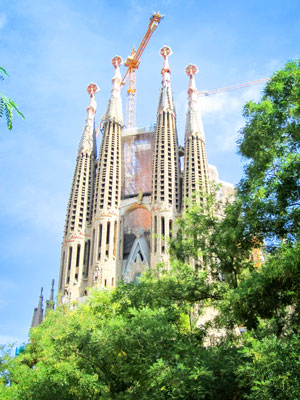Spanish Triple-header: Barcelona, Bilbao and San Sebastian
Article and photos by Joe Gschwendtner; courtesy photo
One absolutely, positively cannot oversell northeastern Spain. The environs of Barcelona, Bilbao and San Sebastian are simply exquisite with cultural, gastronomical and urban attractions among the finest in all Europe. It was in 1979 that a friend insisted I visit his birthplace, Barcelona.
The 1888 World’s Fair site, Barcelona is an Antoni Gaudi palette, a sea of color and design. Gaudi was a neo-Gothic modernist architect whose influence utterly dominated Barcelona then and now. His principle works are like none on Earth: La Sagrada Familia, a still unfinished cathedral, it stands 560 feet as the tallest and almost certainly the most unusual in the world; Parc Guell, a failed but astonishing housing development; his home, Casa Mila and numerous other architectural delights. Gaudi “eye candy” is everywhere and his style, Barcelona’s signature.
Christopher Columbus began his voyage to the new world from Barcelona. The Palau de la Musica, possibly the most Rococo arts center in the world, with tile and stained-glass combinations, approaches Eighth Wonder of the World status. Montjuic Hill, site of the 1929 World Exposition, is chock full of attractions. Among them, an Olympic stadium, regional museum, representative Spanish villages and a magic fountain featuring light displays every night.
Sights and sounds of Las Ramblas, a pedestrian boulevard running to the sea, are the very pulse of Barcelona, able to capture you for an entire day. Sample tapas, tasty Spanish appetizers that fuel the social scene countrywide. Join the insanity of FC Barcelona, world champion soccer team.
On departure, head northwest to mesmerizing Bilbao, the beating heart of Basque Country. Once the center of a deadly revolution fomented by separatists (Basque nationalists), the region eventually found peace in the century. In transition, Bilbao grew from a muscular industrial city to a world cultural hub, with a Frank Gehry designed, titanium-hulled Guggenheim Museum and other architectural masterpieces, including a Santiago Calatrava bridge. That both artists would choose to showcase their talents there is a statement in itself.
Modern yes, but romantic and pulsating, as well. Remember Andy Williams’ “The Bilbao Song?” Serendipity! Strolling along the river Nervion’s swerving path and beneath her bridges is pure urban bliss. Catch a yearly festival or competition. Bilbao’s menu excites. The Aste Nagusia (Great Week), is an August celebration of Basque heritage offering, among other things, numerous free concerts, fireworks, dance and strongman competitions.
Periodically, the city hosts the Red Bull Bridge Jumping Championship. Talk about a spectacle. Mentioned earlier, Bilbao’s ‘piece de resistance’ is the Guggenheim Museum. Even before entering, your attention will lock on its titanium-skinned curvilinear structure. A 50-foot dog made completely of flowers decorates its south flank. Another call-out, the massive metal spider, measuring more than 30 feet high and 33 feet wide, is guaranteed to intimidate.
Before leaving the region, there is an unforgettable stopover awaiting nearby: San Sebastian, known also as Donostia. Beyond the rapture, there is La Concha Beach, a thriving art scene, world-renowned music festivals and an aquarium. Donostia, also regarded as the gastronomical paradise of the region, features the finest of New Basque cuisine. Its old town is small and captivating; sample it every day of your stay.



